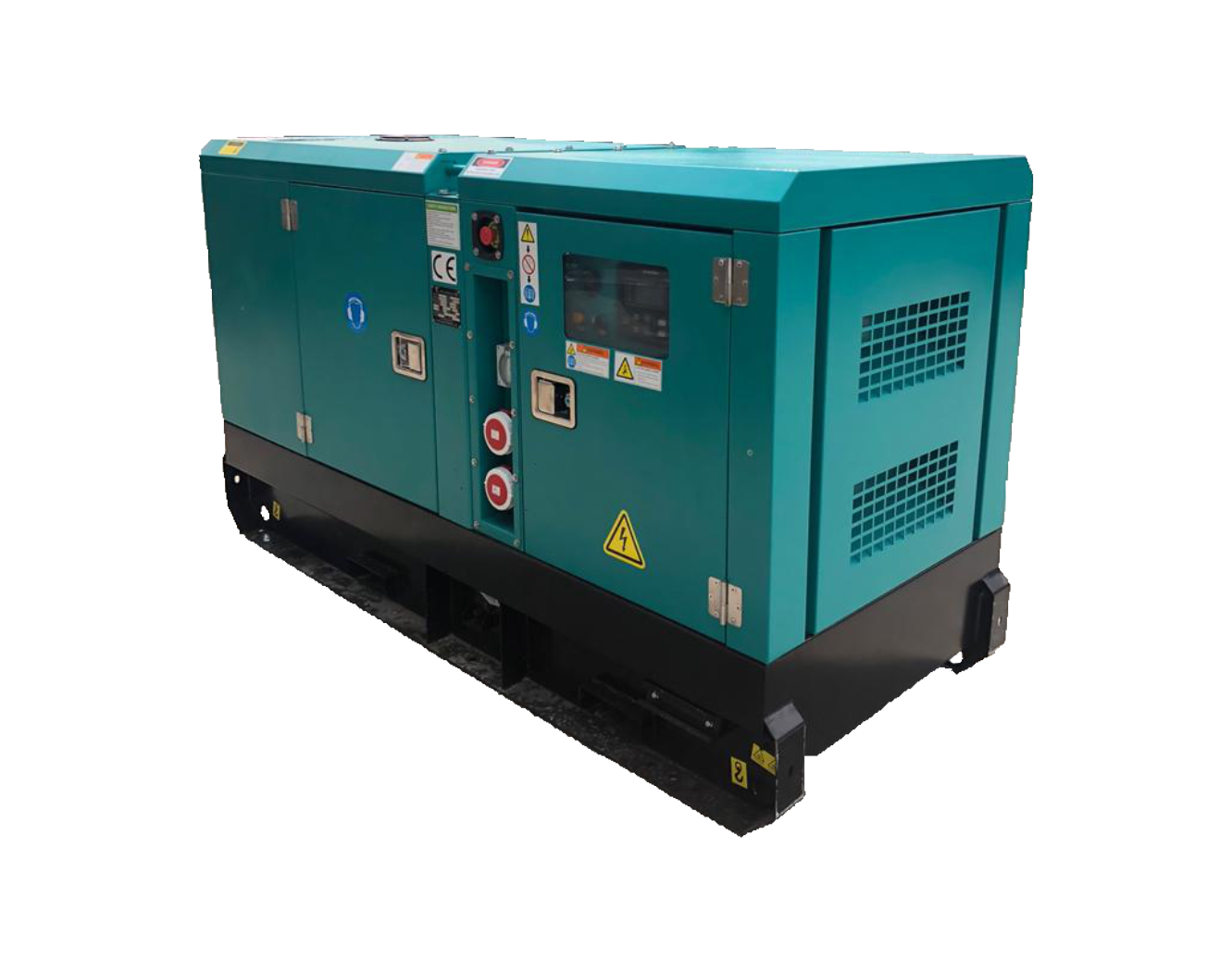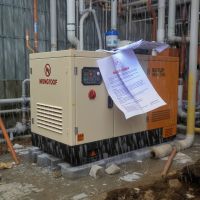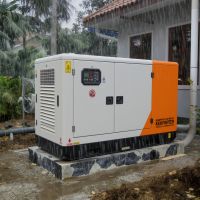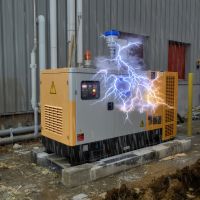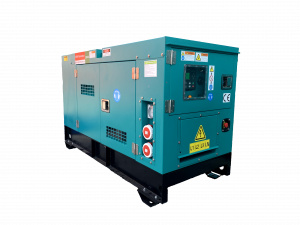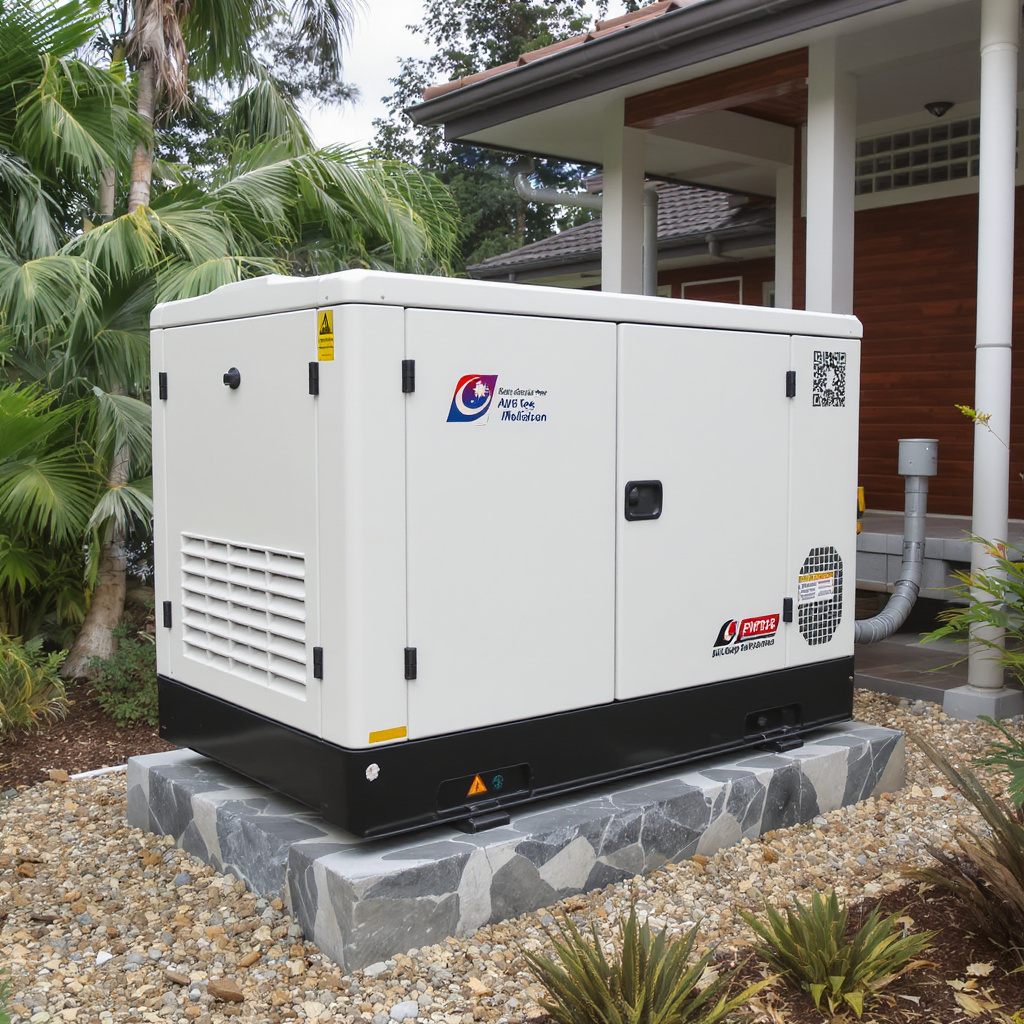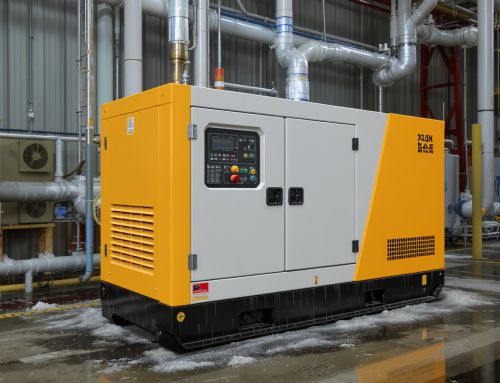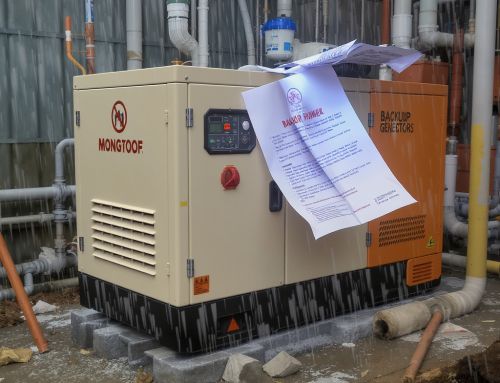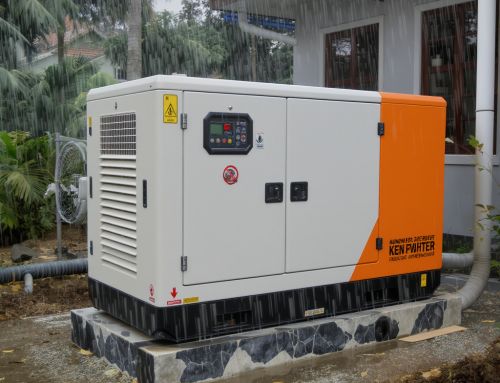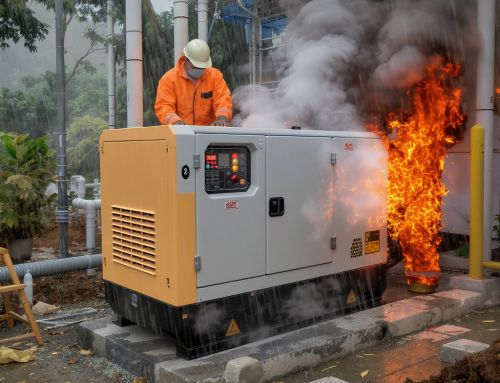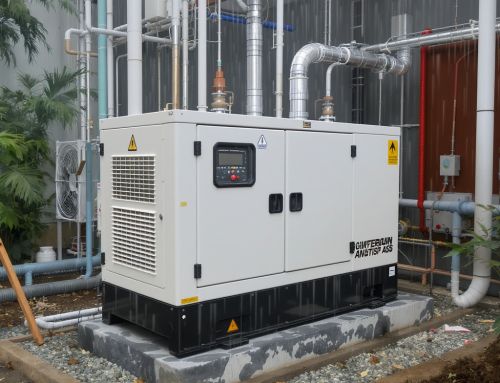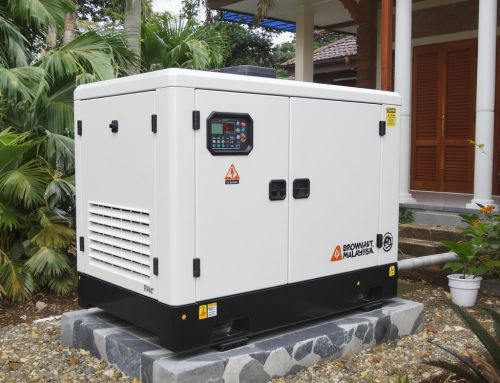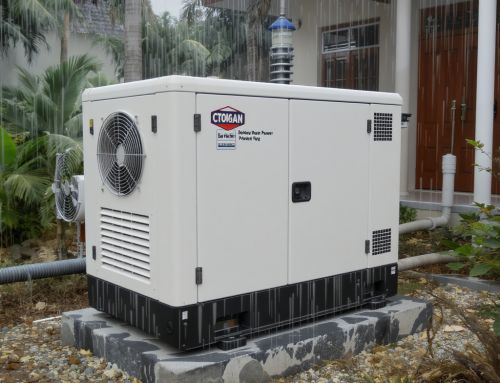Malaysia Monsoon ROI Guide: Right-Sizing Backup Generators for Homes and Factories
Every monsoon season in Malaysia brings the same two questions for homeowners and factory managers: Will the grid hold, and what will downtime cost me if it doesn’t? This guide explains how to right-size a backup generator for both homes and industrial facilities, so you balance upfront cost with long-term ROI, safety, and uptime.
Why monsoon readiness changes the sizing equation
Across Peninsular and East Malaysia, monsoon-driven outages often extend beyond a few hours. Homes may lose refrigeration, medical devices, or security systems, while factories risk halted production, scrapped batches, and missed delivery SLAs. Right-sizing ensures your set can handle real-world peak loads during storms without overspending on capacity you’ll rarely use.
Step 1: Define critical vs. comfort loads (Home)
Start by listing essential circuits: fridge/freezer, lighting, Wi?Fi/router, gate/alarms, water pump, and any medical devices. Comfort loads—air conditioning for one room, TV, or extra lighting—can be added if budget allows. Sum the running watts and apply an appropriate surge factor for motors (typically 2–3x for pumps and fridges). For many Malaysian homes, a properly selected 6–12 kVA set is sufficient, though larger properties may need more.
Step 2: Map production-critical loads (Factory)
Identify processes that cannot stop: compressors, CNC lines, mixers, chillers, PLC panels, and server/data rooms. Use nameplate data, measure actual current with clamp meters where possible, and tag loads by priority (Tier 1 must-run, Tier 2 defer, Tier 3 shutdown). This enables staged start sequences and prevents oversizing. For small to mid-sized factories, consider 60–250 kVA ranges depending on process intensity and motor starting strategies.
Step 3: Account for motor starting and voltage dip
Monsoon moisture increases mechanical resistance and cold starts can impose higher inrush. Plan for direct-on-line (DOL) starts vs. soft starters/VFDs. Each approach changes kVA requirements and acceptable voltage dip (e.g., 15–20% for industrial, 10–15% for sensitive home electronics). Your generator’s alternator sizing, AVR quality, and engine displacement must match these transients.
Step 4: Fuel, noise, and emissions trade-offs
Diesel remains the most robust for long outages, with fuel polishing to handle humidity. For homes or urban factories with tight noise restrictions, specify acoustic canopies and residential-grade silencers—target 65–70 dB(A) at 7m. Evaluate low-smoke engines and Tier-equivalent packages if compliance or corporate ESG reporting matters.
Step 5: ROI math for Malaysian conditions
Calculate downtime cost: (hourly revenue or replacement cost) × (expected outage hours/year). Compare to total cost of ownership: generator price + installation + ATS + maintenance + fuel. In many SME cases, payback occurs within one to two monsoon seasons once you capture avoided scrap, overtime, and SLA penalties. Homeowners can value food loss prevention, security continuity, and remote work reliability.
Right-sizing examples
- Home (double-storey terrace): Critical loads only with water pump and one split AC for a nursery—consider 8–10 kVA with ATS and load shedding.
- Light manufacturing: Pneumatic tools, air compressor with soft starter, CNC router—consider 60 kVA MGM with oversized alternator for motor starts.
- Food processing SME: Blast chiller, mixers, walk-in freezer—consider 100 kVA MGM, verify step-load acceptance and harmonic compatibility.
- Mid-size plant: Multiple motors and continuous refrigeration—consider 250 kVA MGM Premium with AMF/ATS and fuel management.
Installation essentials for monsoon resilience
- Site: Elevated plinth above flood risk, with proper drainage and access.
- Electrical: Correct cable sizing, earthing, and certified ATS for safe automatic transfer.
- Fuel: Weather-protected tank, water separator filters, and periodic fuel conditioning.
- Maintenance: Quarterly test runs under load; pre-monsoon service for filters, coolant, and battery health.
Financing and ownership models
Balance CAPEX and cash flow with financing or rental options for peak monsoon months. SMEs often benefit from OPEX-friendly structures that include preventive maintenance, while homeowners may prefer outright purchase for lower lifetime cost.
Get tailored sizing for your site
Whether you run a family home in PJ or a factory in Pasir Gudang, the right generator size is specific to your loads, start sequence, and monsoon risk profile. Our engineers will map your circuits, simulate motor starts, and produce an ROI snapshot you can present to finance. Reach us at genset@genset.com.my or call +60129689816. Or explore options like the 30 kVA MGM for light commercial, and step up to 350 kVA for larger plants. Prefer to chat first? Contact us today.



